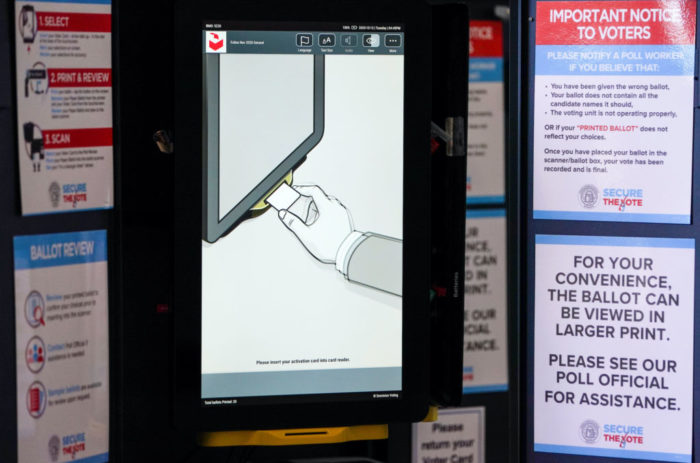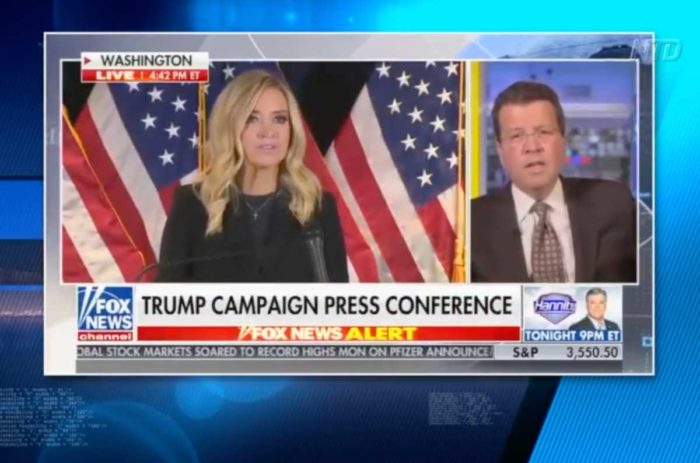redo Jump to...
print Print...
Directions
-Read the excerpt below from James Taranto's "Best of the Web" post at OpinionJournal.com on April 26th.
-Read "Types of Media Bias" in the right column. Then answer the questions.
“Filibuster Rule Change Opposed” is the headline of the lead story in today’s Washington Post. The paper reports on a poll of 1,007 “randomly selected adults.” The results are here (PDF), and the relevant questions are No. 34 and No. 36, which appear on page 13 (both, for some reason, after No. 35):
34. The Senate has confirmed 35 federal appeals court judges nominated by Bush, while Senate Democrats have blocked 10 others. Do you think the Senate Democrats are right to block these nominations? Do you feel that way strongly or somewhat?
Result: Right 48% (22% strongly, 26% somewhat), wrong 36% (17% strongly, 19% somewhat). Here’s the other question:
36. Would you support or oppose changing Senate rules to make it easier for the Republicans to confirm Bush’s judicial nominees?
Results: Support 26%, oppose 66%.
Read these questions carefully and you’ll see that the Post’s headline is false. The poll not only doesn’t use the word filibuster; it doesn’t even describe the procedure. The way the question is worded, the Democrats could have “blocked” the nominations by the normal method of voting them down–and there is no reason to think that “randomly selected adults” would have been paying enough attention to know the difference. (Tellingly, the poll asks how closely participants have been following the Tom DeLay kerfuffle–only 36% say even “somewhat” closely–but does not ask the same question about the judge issue.)
The introduction to the question should have been worded: “… Senate Democrats have used a procedure called the filibuster to block a vote on 10 others.” As it is, this poll is either a very sloppy bit of work or a deliberate attempt to mislead the Post’s readers–including members of the U.S. Senate.
To accurately identify different types of bias, you should be aware of the issues of the day, and the liberal and conservative perspectives on each issue.
Types of Media Bias:Questions
What type of bias is the excerpt below an example of?
Scroll down to the bottom of the page for the answers.
Answers
The excerpt is an example of bias by spin.



